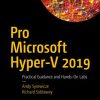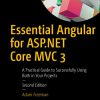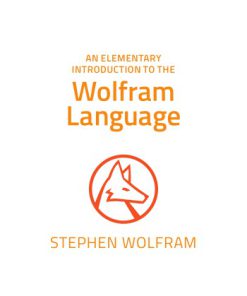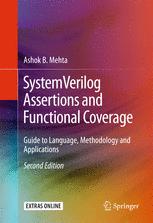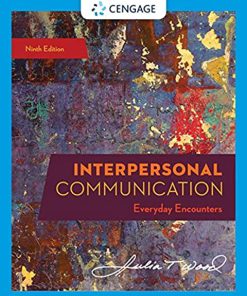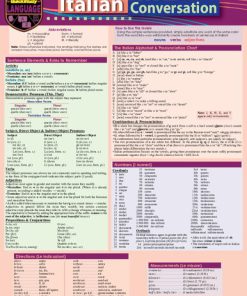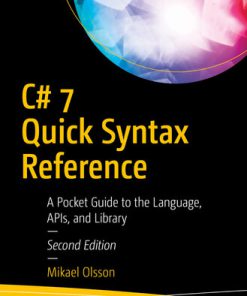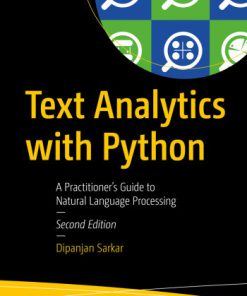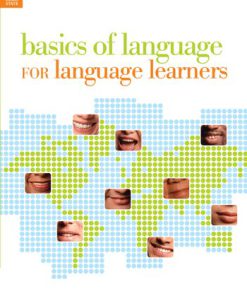Guide to Assembly Language A Concise Introduction 2nd Edition by James Streib 3030356388 9783030356385
$50.00 Original price was: $50.00.$25.00Current price is: $25.00.
Guide to Assembly Language A Concise Introduction 2nd Edition by James Streib – Ebook PDF Instant Download/Delivery: 3030356388, 9783030356385
Full download Guide to Assembly Language A Concise Introduction 2nd Edition after payment
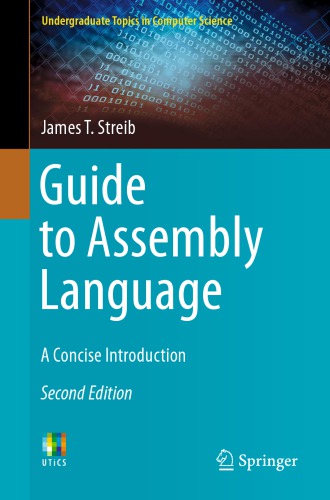
Product details:
ISBN 10: 3030356388
ISBN 13: 9783030356385
Author: James T. Streib
This concise guide is designed to enable the reader to learn how to program in assembly language as quickly as possible. Through a hands-on programming approach, readers will also learn about the architecture of the Intel processor, and the relationship between high-level and low-level languages. This updated second edition has been expanded with additional exercises, and enhanced with new material on floating-point numbers and 64-bit processing.Topics and features: provides guidance on simplified register usage, simplified input/output using C-like statements, and the use of high-level control structures; describes the implementation of control structures, without the use of high-level structures, and often with related C program code; illustrates concepts with one or more complete program; presents review summaries in each chapter, together with a variety of exercises, from short-answer questions to programming assignments; covers selection and iteration structures, logic,shift, arithmetic shift, rotate, and stack instructions, procedures and macros, arrays, and strings; includes an introduction to floating-point instructions and 64-bit processing; examines machine language from a discovery perspective, introducing the principles of computer organization. A must-have resource for undergraduate students seeking to learn the fundamentals necessary to begin writing logically correct programs in a minimal amount of time, this work will serve as an ideal textbook for an assembly language course, or as a supplementary text for courses on computer organization and architecture. The presentation assumes prior knowledge of the basics of programming in a high-level language such as C, C++, or Java.
Table of contents:
1. Variables, Registers, and Data Movement
2. Input/Output
3. Arithmetic Instructions
4. Selection Structures
5. Iteration Structures
6. Logic, Shifting, Rotating, and Stacks
7. Procedures and Macros
8. Arrays
9. Strings
10. Floating-Point Instructions
11. 64-Bit Processing
12. Selected Machine Language Instructions
People also search:
assembly language guide
assembly guide
assembly language textbook
assembly language beginners
c assembly language tutorial
Tags: James Streib, Assembly, Language, Introduction
You may also like…
Computers - Programming
An Elementary Introduction to the Wolfram Language 2nd Edition Stephen Wolfram
Politics & Philosophy - Anthropology
Languages - Italian Language Reference
Italian Conversation A QuickStudy Laminated Language Reference Guide 2nd Edition Sally Ann Del Vino
Computers - Hardware
Computers - Programming
Languages - General & Miscellaneous Languages - Reference
Basics of Language for Language Learners 2nd Edition Peter W. Culicover
Politics & Philosophy


